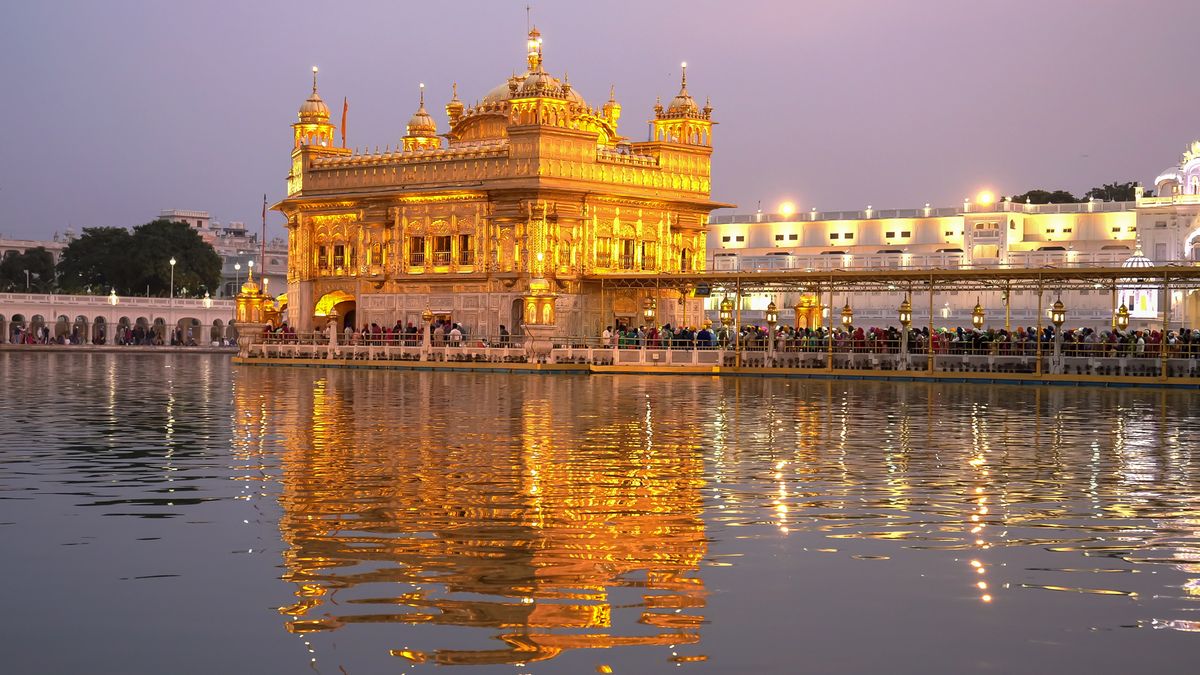See all Museums in Kathmandu
Natural History Museum
Swayambhunath, NepalManjushree Bajaar, Kathmandu, Nepal Phone: 977-1-4271899 Average Price: US$ 0 per personAbout
The Natural History Museum of Nepal is located near the Swayambhunath Hill and has a stable partnership with the Institute of Science and Technology. Together, they coordinate projects and programs to aid in the research and preservation of rare and threatened fauna and flora species. Though it is among the least frequented museums in the Valley, a visit to the museum will show you many rare birds and insect species Since the opening of the Natural History Museum, the institute's popularity has increased over the years solidifying its importance amongst the museums of Nepal. Many scientists around the world have a great fascination with the fauna and flora of Nepal. Because Nepal has an extremely varied landscape with high altitudes and diverse vegetation, it can be hard to believe that Nepal would have many flowering plants. If that is what you think, you would be wrong. The small country of Nepal has approximately half the amount of flowering plants that would be found in other countries - such as the United States of America. This alone makes Nepal extremely interesting to botanists. This amazing diversity can be seen in the exhibition hall of the Natural History Museum which boasts with more than 9 000 plant specimens, both non-flowering and flowering. Nature does not only consist of plants, trees and flowers, but animals, insects and other earthly creatures. The Natural History Museum of Nepal therefore offers visitors a spectacular collection of approximately 40 000 invertebrates and vertebrates. Interesting fossils, prehistoric shells, butterfly collections, snakes and a 100 skeletal remains are also on display. For those who are interested in seeing skeletons that have not lost their outer layers, the Nepal Natural History Museum has many stuffed crocodiles, birds and various animals in their exhibits. There is a separate section for insects too that contains various insects collected from the nook and corners of Himalayas. Many of these species are now extinct. The same is true for various species of mammals and other amphibians. All of these displays are organized as per their evolution. It has a separate section for plants too. This section contains various herbs and grasses that grow in Himalayas and Tarai region. This section is not as comprehensive as the section on fauna but is equally interesting. The museum is slowly picking up on the tourist map but is in dire straits because of the lack of fund. If you are a biologist then this place






